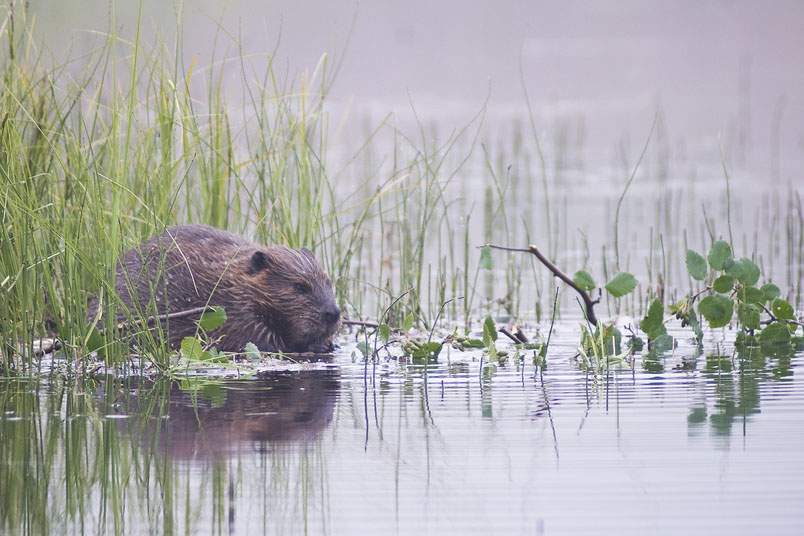
Scientists discover an unlikely relationship among the cottonwood tree, the beaver and one particular leaf-eating beetle.
The Setup
Many trees are equipped with a defense mechanism for use against herbivore predators. When the predator takes a bite, the tree retaliates by releasing noxious chemicals into its new leaves. These chemicals steer away most critters that try to feast on the tree.
Plot Twist
However, this defense mechanism doesn't quite work in the case of the cottonwood. When a beaver chews on a cottonwood, the tree releases these noxious chemicals as usual, but the bitter chemicals actually attract a certain leaf-eating beetle.
The leaves that sprout up after a cottonwood has been cut down by a beaver attract 15 times as many of these adult beetles as do the leaves of an untouched cottonwood. In an experiment, researchers found beetles grew faster and larger on these chemical-bearing leaves. Not only that, but the beetles appropriate these chemicals for use in their own defense against predators.
Ant Repellent
Ants, which are common on cottonwood trees, like to eat beetle larvae. Larvae on these cut-down cottonwoods, however, have a surprise for their ant predators. They store the noxious chemicals from the tree's leaves in their glands, and when an ant disturbs them the larvae turn the glands inside out, exposing drops of a repugnant, bitter fluid that sends the ants fleeing.
Read More:
"Beavers Bite Trees, Benefit Baby Beetles" (Science News)









